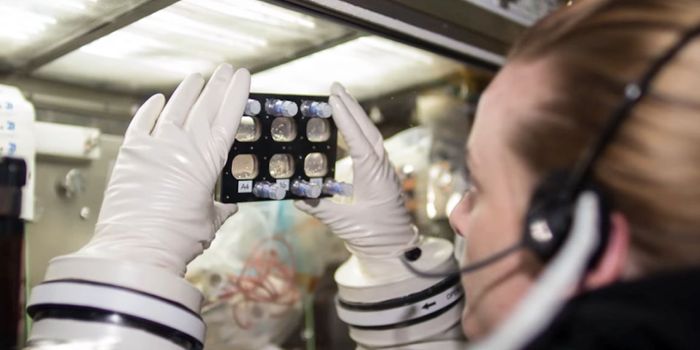Delivering Cancer Drugs to Osteosarcoma with Nanoparticles
Over the years, cancer researchers have struggled not just with drug and diagnostic design, but with drug delivery. The secret to a truly effective chemo or immunotherapy is not its effectiveness in killing a cancer cell, but its ability to target cancer over everything else.
The problem with cancer is that it looks so similar to the rest of the body’s cells. Decades of research has gone into identifying cancer biomarkers that allow scientists to identify cancer cells. Now we have several markers of cancer as a whole and specific markers for particular cancers.
Now scientists just needed to find a way to target those cancer cells. The most common mechanism used is inhibition of a critical protein to stop cell growth in some way. Immunotherapies will often use antibodies targeted to cancer markers on cancer cells, promoting the immune system to get rid of them that way. Another, more complex, method centered around a delivery method using a “targeting” molecule attached to a “carrier” molecule
In a new study out of Jilan University in China, a team decided to use this targeted carrier system against osteosarcomas. The bisphosphonate zoledronic acid (a drug that can treat various bone diseases) would be used as the “targeting” molecule, and PLGA nanoparticles (a molecule that forms a sort of shell to encase other molecules in) as the “carrier”. They chose several anti-cancer drugs to be loaded onto the resulting nanoparticle and tested their ability to target the complex to bones and treat osteosarcoma.
The team used bone powder to confirm that zoledronic acid could successfully target the complex to bone. The nanoparticles were also successful at encapsulating the anti-cancer drugs and could release them over an extended period (80-120 hours).
The team then compared the nanoparticles to the free anti-cancer drugs alone. The nanoparticles were less toxic and were taken into osteosarcoma cells better than the free anti-cancer drugs. In a mouse model, the nanoparticles performed just as well as free drugs against an osteosarcoma tumor, with one of the nanoparticle candidates coming out with a slight edge.
This study found that bone-targeted nanoparticles loaded with anti-cancer drugs performed better than free drugs in the lab, and just as well in a mouse model. Although the nanoparticles didn’t outperform the free drugs in the mouse model, the nanoparticles still represent a useful tool to target drugs to cancer.
The study concluded, “Our study presents the synthesis of nanoparticle drug delivery systems which resulted in a more encouraging pharmacokinetic profile with increased circulation time that could possibly augment the drug uptake and accumulation via passive diffusion method.”









